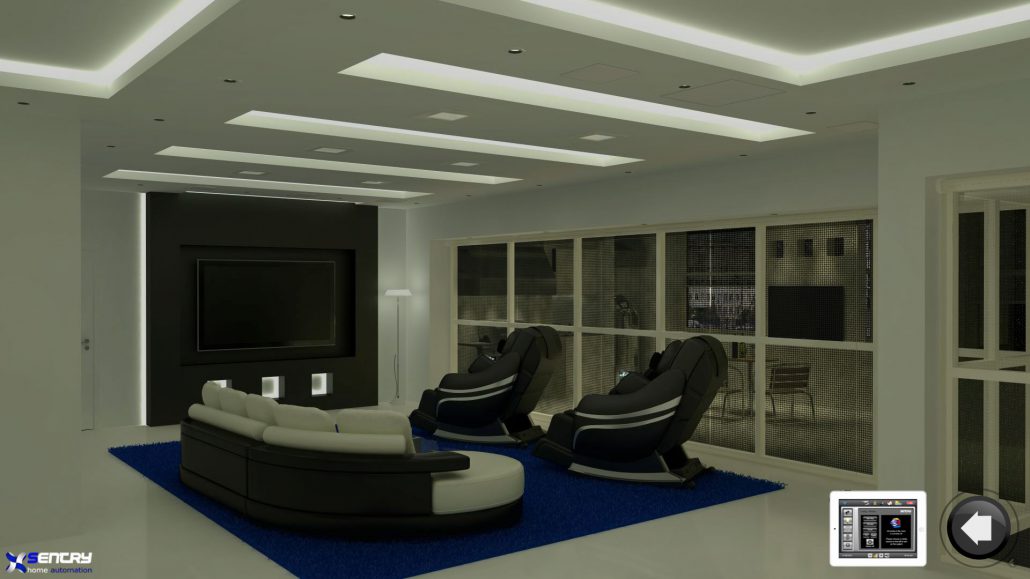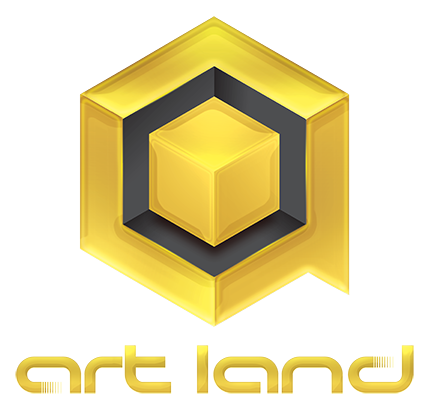5 Mistakes one should avoid designing 3D models for 3D print
It is known that the modeling process for additive manufacturing is not always simple: in 3D modeling, as well as in 3D printing, there is no unique solution. Different software is used, people print from different materials and use different 3D printers and additive technologies.
Therefore, it is not unusual that users sometimes feel confused, and creating the perfect 3D model for 3D printing is not as easy as it seems. That is why we have compiled this list of errors that should be avoided by creating a 3D model for manufacturing by additive methods.
- Not taking the characteristics of the material into account
Each material for 3D printing has its own characteristics. Materials can be brittle or strong, flexible or hard, smooth or rough, heavy or light, and so on.
This means that, ideally, the product must be modeled for a specific material. For example, if we are going to print a 3D model of steel, we need to follow certain modeling recommendations based on the material, which includes creating supports for overhanging parts, strengthening protruding elements of the product, rounding corners, etc.
The choice of print material determines some of the basic principles of modeling that you must adhere to.

- Not considering 3D printing technology
Not only the basic chemical properties of materials for 3D printing differ, but also the technologies used for manufacturing using each of the materials.
Interconnecting parts are a good example. Materials such as ABS, polyamide, aluminum or rubber-like materials are suitable for printing interconnected parts, while gold, silver, bronze or photopolymer resin are not suitable for this.
The reason is not in the material itself, but in 3D printing technology.For example, polyamide, aluminum and rubber-like materials are used in selective laser sintering (using powder); precious metals – in investment casting (using a wax 3D model and shape), and photopolymers – in stereolithography.
This may seem strange, but it’s important to remember: you cannot assume that stainless steel and silver have similar features in 3D printing just because they are both metals.
Different technologies are used for 3D printing by these metals, and therefore differences in the design features of the models are inevitable.
Materials compatible with one technology, such as gold, silver, bronze and brass (lost wax casting), are more likely to have similar design requirements for the model.In addition, it should be borne in mind that the maximum size of the printed model also depends on the 3D printer used and 3D printing technology.
- Not considering wall thickness
Problems related to wall thickness are by far the most common reason 3D models cannot be printed. In some cases, the wall thickness is excessively small. Too thin walls make it impossible to print small model elements or make them too fragile.
Too thick walls, on the contrary, create excessive internal stresses that can lead to cracking or even to destruction of the model.

- Not considering file resolution
Do you know the features of the material? Wall thickness selected right? Perfectly! But now there’s something else to consider: file resolution.
The most common format in 3D printing is model STL. This means that your model will be represented in three-dimensional space in the form of many triangles.
In most programs for 3D modeling, it is possible to export the project to an STL file and set the desired resolution. Too low or too high resolution can cause problems.
Low resolution STL model: It is important to understand that an exported file of unsatisfactory quality will not allow printing a high-quality product.
Low resolution means that the triangles in the STL file are too large and the surface of the printed model will not be smooth. The product will be a little “mosaic”.
High resolution STL model: if the file resolution is too high, it will be too large and in some cases you will not be able to process it. It may also have too much detail that a 3D printer simply cannot reproduce.
In most 3D modeling programs, when exporting a file, you are prompted to specify a tolerance. The tolerance is defined as the maximum distance between the original shape and the exported STL grid. We recommend setting 0.01 mm to get a quality STL file.
Export with a tolerance of less than 0.01 mm does not make sense, since 3D printers are not yet able to print with such a high level of detail.
When exporting with a tolerance of more than 0.01 mm, there is a risk that triangles are visible in the product.
- Not considering software recommendations
There are many different 3D modeling software products. Some of them are designed to create models for subsequent 3D printing, others are used mainly by 3D designers, whose models require additional editing before receiving a 3D model to 3D printing.
So, in some programs the wall thickness is set automatically, while in others it must be specified manually.
Even if starter software designed exclusively for 3D printing (such as Tinkercad) is used, creating a hollow model may not be so easy.
In the case of software products such as Blender (used for 3D graphics and animation), SketchUp (popular among architects and amateurs of large-scale modeling) or ZBrush (modeling software popular among 3D designers), additional file preparation is required.
Briefly to say,do not worry about designing 3D models for 3D print: in reality, everything is simpler than it seems. Just make sure you know the software and the material you’ve chosen.
If you are having difficulty trying to master 3D modeling, you can always turn to our specialists for help. If you have created a 3D model and want to print it, contact our specialists, we will check your model and, if it contains errors, correct them and print a quality product.
We work with experienced 3D designers of various profiles, who not only professionally model objects according to the description, but can also suggest competent solutions to optimize the design, reduce the cost of 3D printing or fully develop a concept and make a 3D model on a given topic.Among our 3Ddesigners there are experts in the field of jewelry, architectural prototyping, industrial design, modeling, prototypes according to drawings, etc.


Leave a Reply
Want to join the discussion?Feel free to contribute!